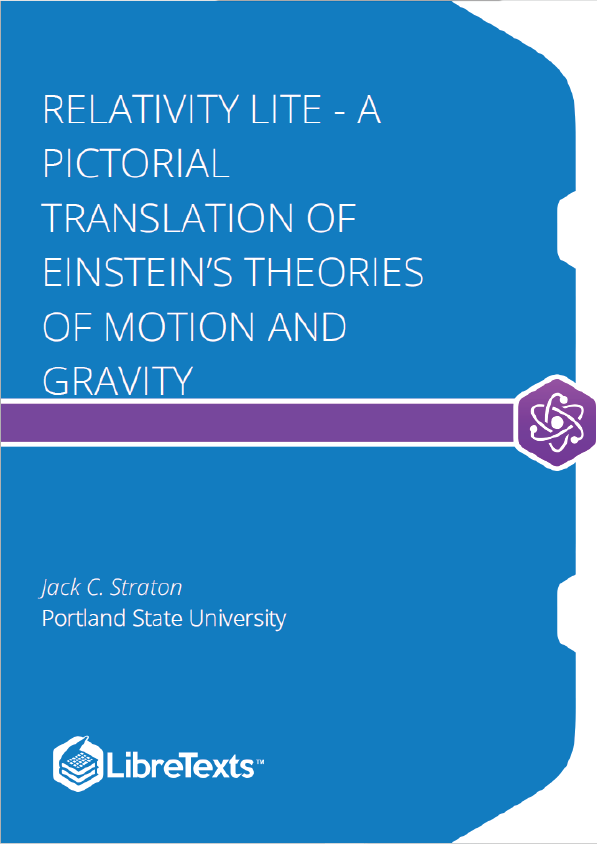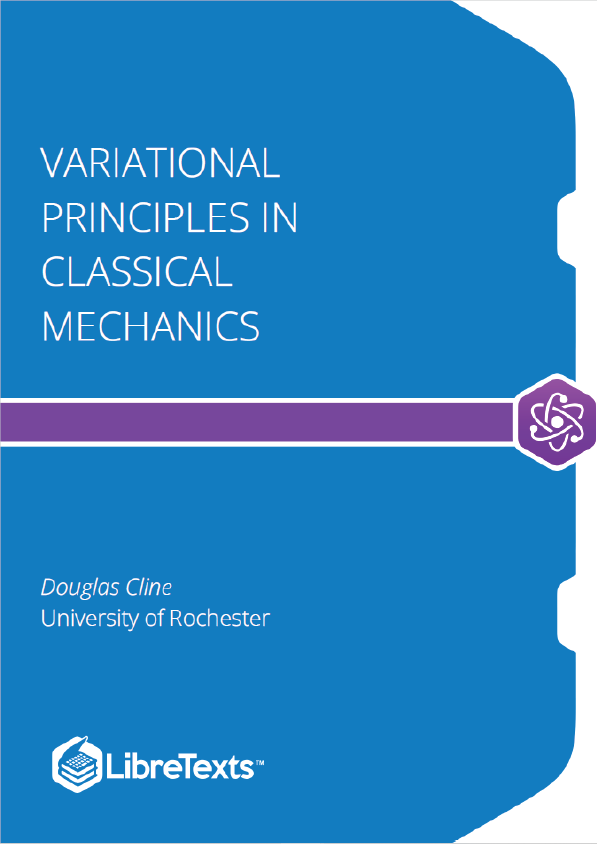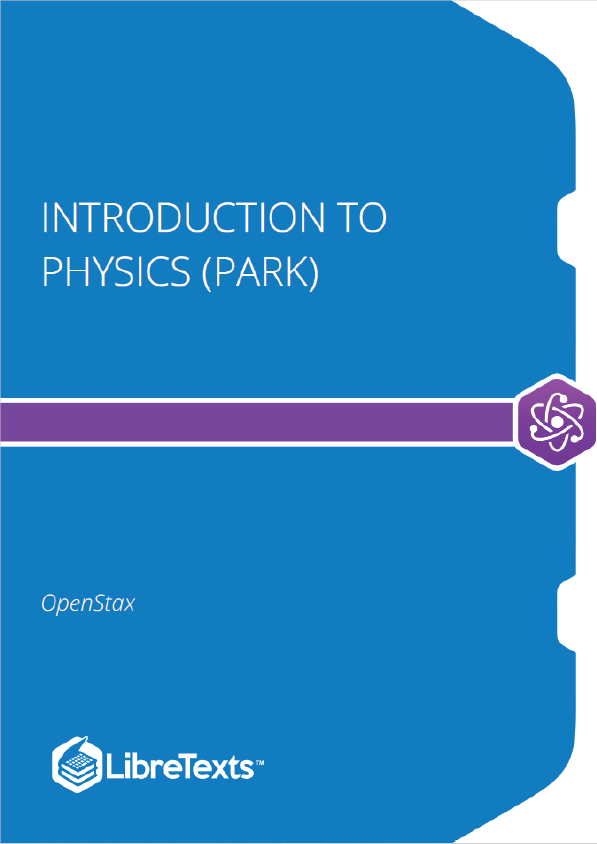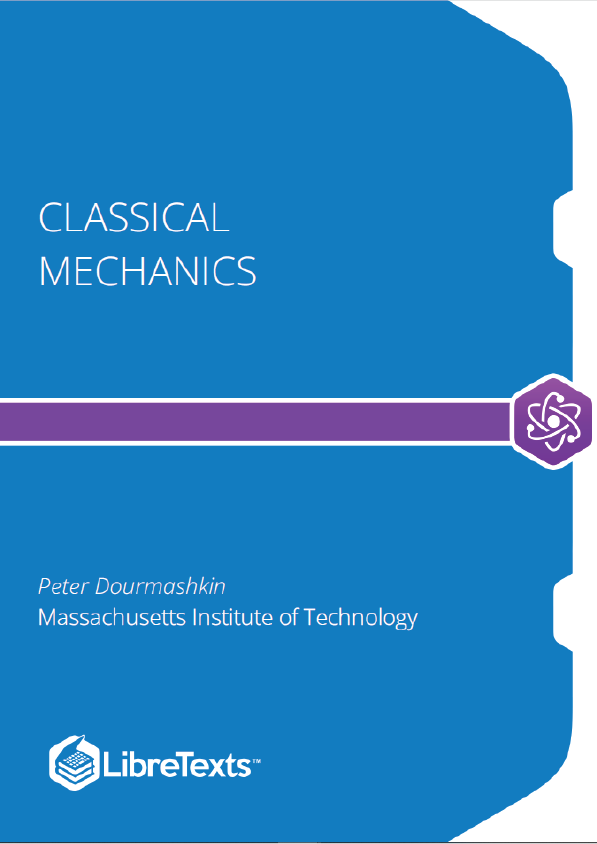Relativity Lite is designed for courses like my 100-student General Astronomy sequence. Relativity Lite translates the mathematical equations conventional relativity texts rely upon into pictures that are readily understood and contain within them the mathematical essentials. This new book would provide the comprehensive coverage needed to understand, in sufficient depth, these three linked areas of our reality.
Einstein’s famous special theory of relativity has gained unquestioned acceptance in the scientific world. It has been proved in countless ways and is the foundation upon which gravitation and high-energy quantum physics are based. Is it something that a “normal” person can understand? Relativity forces us to abandon our ideas about time, which is a hard thing to do, but the basic mathematics of it are relatively simple—just a picture away.
The picture depends on extending something you know about on an intuitive level. Suppose I tell you that you have an hour to drive and that you must go south at 50 miles/hour. Can you tell me where you will end up?* Suppose I tell you to go south at 100 miles/ hour: Where will you find yourself after one hour? Suppose I tell you to go south for two hours at 50 miles/hour, where do you end up? So you see, you know the distance traveled if you know how fast you are going and how much time is allowed. That is,
Let’s check this against our intuition for the last case:
But I’m a slow typist so I want to abbreviate this understanding by using the first letter of each word: Any heart attacks yet? Well that one relation, which you already understand enough to do the calculation in your head, is all the math you need to do much of relativity!
It’s About Time!
You are at the airport trying to catch a plane you are late for. As you run onto Concourse E, the announcer says the jetway door will be closing in 1 minute, and you see the door 300 meters (328 yards) away. With your luggage you can only run at 3 meters per second (3 m/s is 6 miles/hour), which means that it will take you 100 seconds to get to the plane, but you only have 60 seconds before the door closes. You notice a sliding walkway (slidewalk) ahead with people standing still relative to it, yet moving at the same velocity you are (3 m/s) relative to the hallway. What would you do? If you run onto the slidewalk, past the people standing still relative to the slidewalk, how fast would you be moving relative to the hallway? Would this solve your problem?*
You know that these sorts of gadgets are irresistible to children. What is the first thing a child will do on a slidewalk (or on an escalator)? Run in the “wrong” direction at 3 m/s. If she does so, what would her velocity be relative to the hallway? She is playing with the idea that in our everyday experience, velocities add and subtract. (This is why we must use the term velocity rather than speed whenever we wish to be mindful of directions, since the latter is only the size of the velocity with no indication of direction. If direction is immaterial, speed and velocity are often used interchangeably.)











